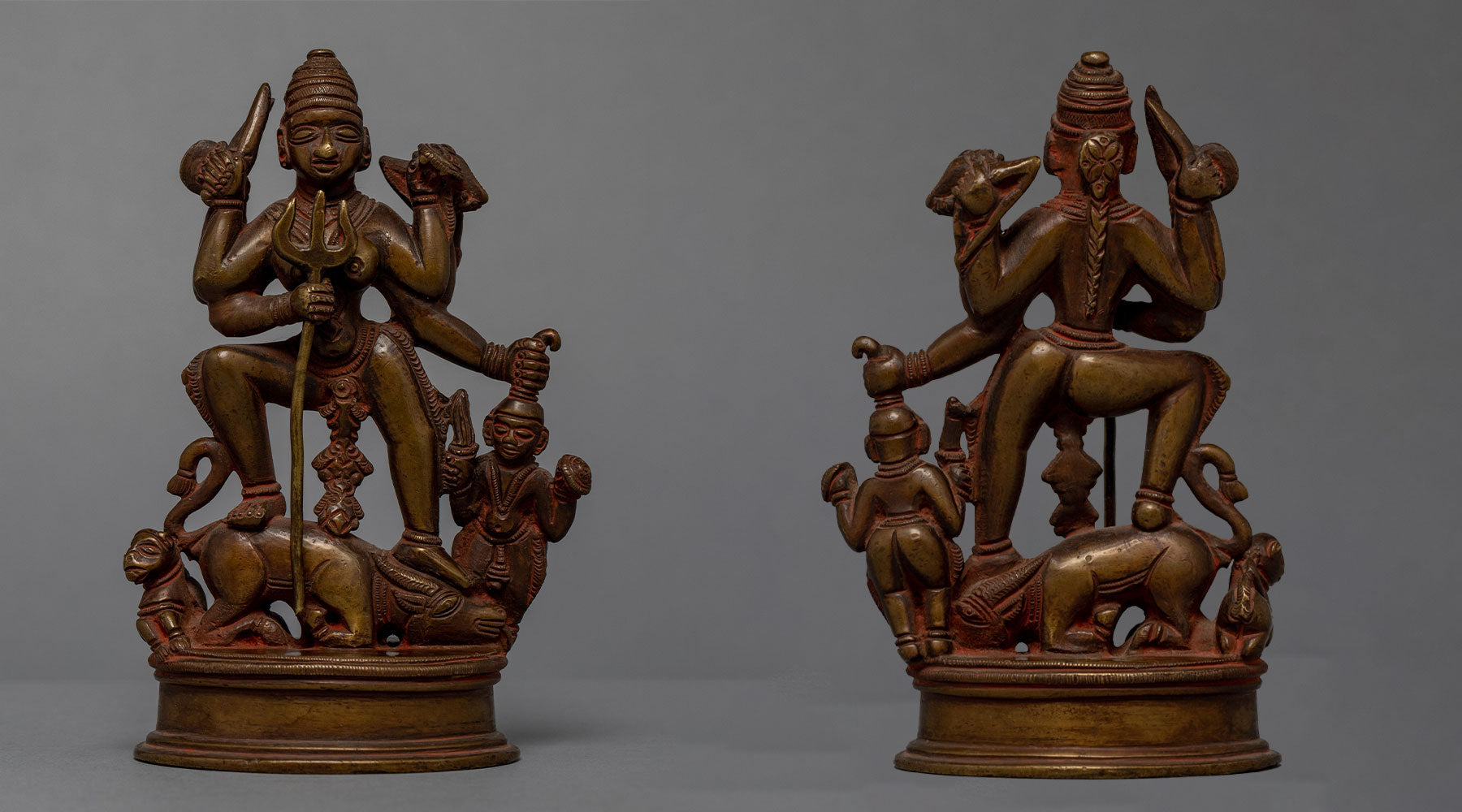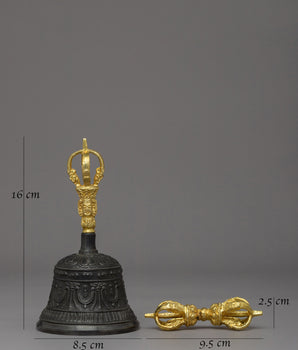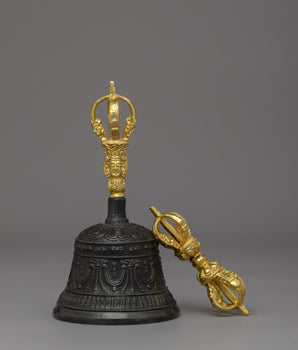Mahishasuramardini: Goddess Durga's Triumph Over Evil Demons
The story of Mahishasuramardini, or the slayer of the buffalo monster Mahishasura, is a tribute to the might of the divine feminine and the triumph of virtue over evil. This version of Goddess Durga, highly revered in many religions, especially Hinduism, symbolizes the victory of righteousness by embodying compassion, fury, and power in her fight with the demon.
Key Takeaways
- Mahishasuramardini is a manifestation of Goddess Durga, celebrated for her victory over the buffalo demon Mahishasura.
- This form represents the ultimate victory of good over evil, embodying divine wrath against injustice and darkness.
- The story and iconography of this goddess are central to the Durga Puja festival, especially in regions of India and Bangladesh.
- She emphasizes the power of femininity, depicting the Goddess in a dynamic form of action and benevolence.
Historical and Mythological Context

- The Legend of mahishasura's Defeat
The Puranas, one of the oldest Hindu texts, describe Mahishasura mardini as a formidable manifestation of Goddess Durga. She represents the unification of celestial forces in the face of hardship, having been created by the combined efforts of all the gods to defeat the unbeatable buffalo monster Mahishasura.
The buffalo demon Mahishasura, endowed with the blessing that no man could overcome him, wreaked devastation across the cosmos and ultimately led the gods to create Mahishasuramardini. After a bloody conflict that lasted for several days, Mahishasura is eventually defeated by Durga Maa on her lion mount, bringing peace and balance back to the world.
Iconography and Symbolism
Mahishasura mardini represents the might of the divine feminine and the victory of good over evil. She is generally worshipped in Hinduism rather than Buddhism. Her iconography is rich and multi-layered and represents several facets of cosmic and spiritual concepts.
Despite not being included explicitly in Buddhist iconography, Mahishasura mardini's artwork and symbolism have impacted many other Asian religious traditions, demonstrating how interwoven South Asian spiritualities are.
- Form and Posture: Usually shown with eight to eighteen arms, the deity holds a weapon bestowed upon her by several gods, symbolizing her multifarious powers to battle evil from many angles. Her stance frequently depicts her defeating ignorance and vanity by showing her destroying the evil Mahishasura.
- Weapons: The weapons she holds are symbolic of her divine power to maintain cosmic order and defeat negativity.
| Weapon | Symbolism |
| Trident (Trisul) | Determination & Courage |
| Discus (Chakra) | Divine mind and universal order |
| Sword (Khanda) | Wisdom cutting through ignorance |
| Bow and Arrow | Energy in motion, control over elements |
- Vehicle (Vahana): Riding a lion or tiger signifies Durga's strength and bold bravery. The tiger or lion symbolizes subdued animalistic impulses, suggesting that the goddess rules over unbridled strength to uphold morality.
- Mahishasura, the Buffalo Demon: Mahishasura is shown as both a buffalo and a demon, either at her feet or being crushed by her steed. This represents the uncivilized and naive forces of evil and ego that the Goddess vanquishes.
- Expression and Aura: Her face convey firmness and serenity, frequently tinged with a faint smile that denotes happiness at triumph and freedom. Her figure exudes heavenly energy and represents the triumph of light over darkness.
- Jewelry and Attire: She wears clothing and decorations from heaven, indicating that she is a warrior from heaven. These decorations represent the Goddess's spiritual characteristics, including caring for and protecting nature. They are not only ornamental.
- Mudras (Hand Gestures): When she is fighting, her hands, which are usually free of weapons, form mudras that bestow blessings, courage, and protection on her followers, signifying her position as a champion and defender of the oppressed.
Iconographic Symbolism
The iconography of Mahishasuramardini is rich in symbolism, illustrating key spiritual and philosophical concepts:
| Attribute | Symbolism |
| Durga Killing Mahishasura | Symbolizes the conflict between spirit & matter, wisdom & ignorance, good & evil |
| Her Multiple arms | Signifies divine power's multifariousness since she may simultaneously operate in several worlds and carry out numerous responsibilities to preserve cosmic equilibrium |
| Her weapons | Reflect the concept that different problems (dharma, ignorance) require different kinds of power and wisdom to conquer. |
| Lion/ Tiger | symbolizes the value of strength, courage, and unadulterated energy, which, when directed by knowledge, can conquer any obstacle. |
Cultural and Spiritual Significance
- Worship and Festivals: Durga Puja: A Celebration of Victory
Durga Puja is a significant celebration honoring Mahishasura mardini.It symbolizes the triumph of light over darkness, knowledge over ignorance, and good over evil, signifying her victory over Mahishasura.
The celebration entails complex rites, including processions, cultural performances, and placing the goddess' clay statues for devotion. At the end, the statues are submerged in water to symbolize the goddess' return to Mount Kailasha.
- Feminine Power and Spirituality
She defies conventional ideas of gentleness and strength by embodying the most significant force of femininity. She represents fierceness and caring love, making her a warrior and protector who speaks to people of all ages and cultures.
She is a nuanced symbol of feminine divinity. This manifestation of the Goddess emphasizes the value of harmony and the recognition of feminine strength as essential to the universe's operation.
-
Influence on Art and Culture

The iconography and stories of Mahishasuramardini have greatly influenced art and culture in South Asia and beyond. Her representations range from contemporary paintings to statues in old temples, demonstrating how her tale and meaning have been interpreted.
She inspires artistic expressions that honor her power, grace, and the triumph of justice in literature, poetry, and music, particularly in the devotional songs known as Bhajans and the classical pieces devoted to her.
Poems and novels retell her story, delving into the subtleties of her struggle and triumph, offering moral lessons and spiritual guidance on the victory of good over evil.
Mahishasuramardini In Hindusim & Buddhism
Mahishasuramardini is primarily a Hindu mythological character who is mainly regarded as a strong manifestation of Goddess Durga.
While she does not have a particular "mantra" in Buddhist traditions, she is frequently worshipped in Hinduism through various hymns and mantras, particularly during the Durga Puja festival.
The "Mahishasura Mardini Stotram," a potent and devotional song, is one of the most well-known hymns that captures her spirit and victory over Mahishasura.
The stories of Mahishasuramardini in Hinduism and its equivalents in Buddhism are fascinating studies of how a character primarily connected with one religion may influence or find resonance in another, showing common cultural origins and separate spiritual ideals. Though Mahishasuramardini is a Hindu goddess, Buddhist female goddesses, and protectors, especially in the Vajrayana and Mahayana streams, provide a wealth of material for comparative analysis.
Significance in Hinduism
Mahishasuramardini, an epithet of Goddess Durga in Hinduism, represents the victory of good over evil. She embodies strength, the cosmic guardian, and Shakti, the divine feminine power.
Festivals such as Navaratri and Durga Puja revolve around her imagery, iconography, and worship, emphasizing themes of strength, protection, justice, and the cyclical aspect of life.
Significance in Buddhism
In Buddhism, especially in the Tantric traditions of Vajrayana, female goddesses like Tara and Vajrayogini are similar to Mahishasuramardini in that they are kind, wise, and fiercely protective.
These characters are held in high regard for their roles in helping followers reach enlightenment, conquer difficulties, and provide defense against both spiritual and material perils.
Their purposes and symbolic connotations are similar to Mahishasuramardini, even though they are not directly comparable. These themes include protection, feminine power, and the subduing of evil forces.
Similarities
- Female Divinity Symbolism: Both traditions highlight the importance of compassion, courage, and knowledge while honoring the divine feminine's ability to protect and lead.
- An embodiment of Protection: Buddhist female goddesses protect their devotees, shielding them from temporal and spiritual barriers, the same as Hindu deity shields the universe from evil powers.
- Iconography and Attributes: These heavenly figures are frequently shown with several arms bearing different weapons or symbols, signifying their capacity to simultaneously carry out several acts of protection and compassion.
Differences
- The Nature of Evil: Mahishasuramardini's victory against Mahishasura is a confrontation with a single, ultimate manifestation of evil. In Buddhism, the "demons" or barriers that stand in the way of spiritual advancement are frequently internal and stand for ignorance, attachment, and aversion.
- Function in Spiritual Practice: Hinduism's worship entails festivals and rituals that honor her triumph and ask for her blessings for safety and wealth. Buddhism's activities involving female deities primarily focus on enlightenment and spiritual growth through mantras, meditation, and visualization.
Her narrative is not only a mythical tale; it is a complex tapestry of symbolic meanings that provide profound understandings of the nature of reality, the value of equilibrium, and the celebration of feminine power.
Mahishasuramardini is an everlasting emblem of heavenly strength and protection because of her worship, festivals, and representations in art and culture. She also serves as an inspiration for artistic expression, devotion, and introspection.










